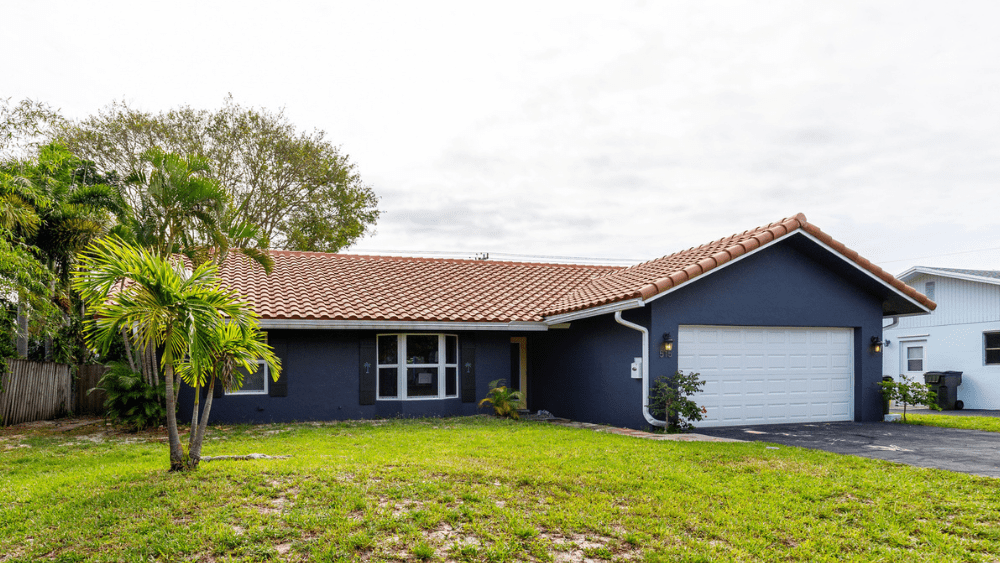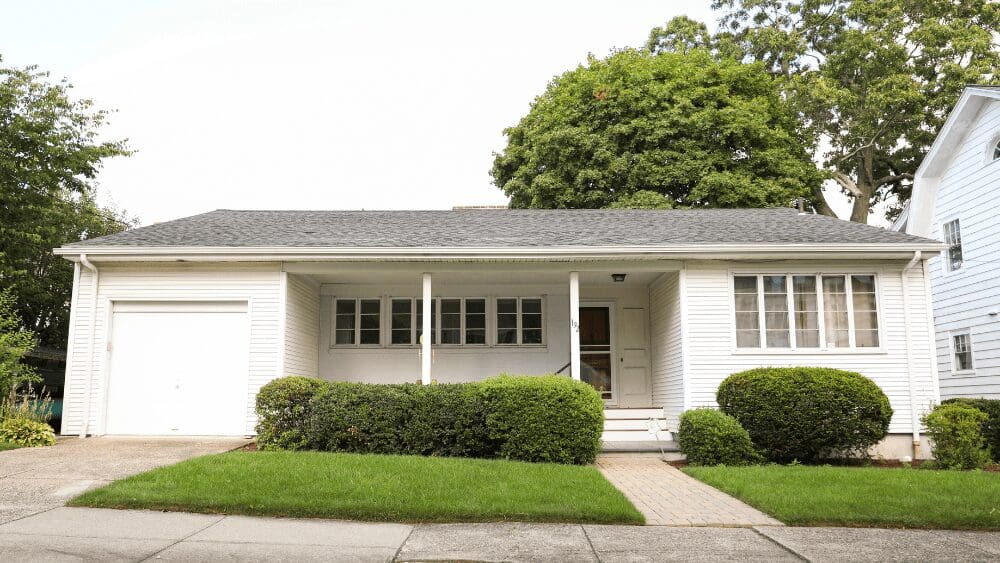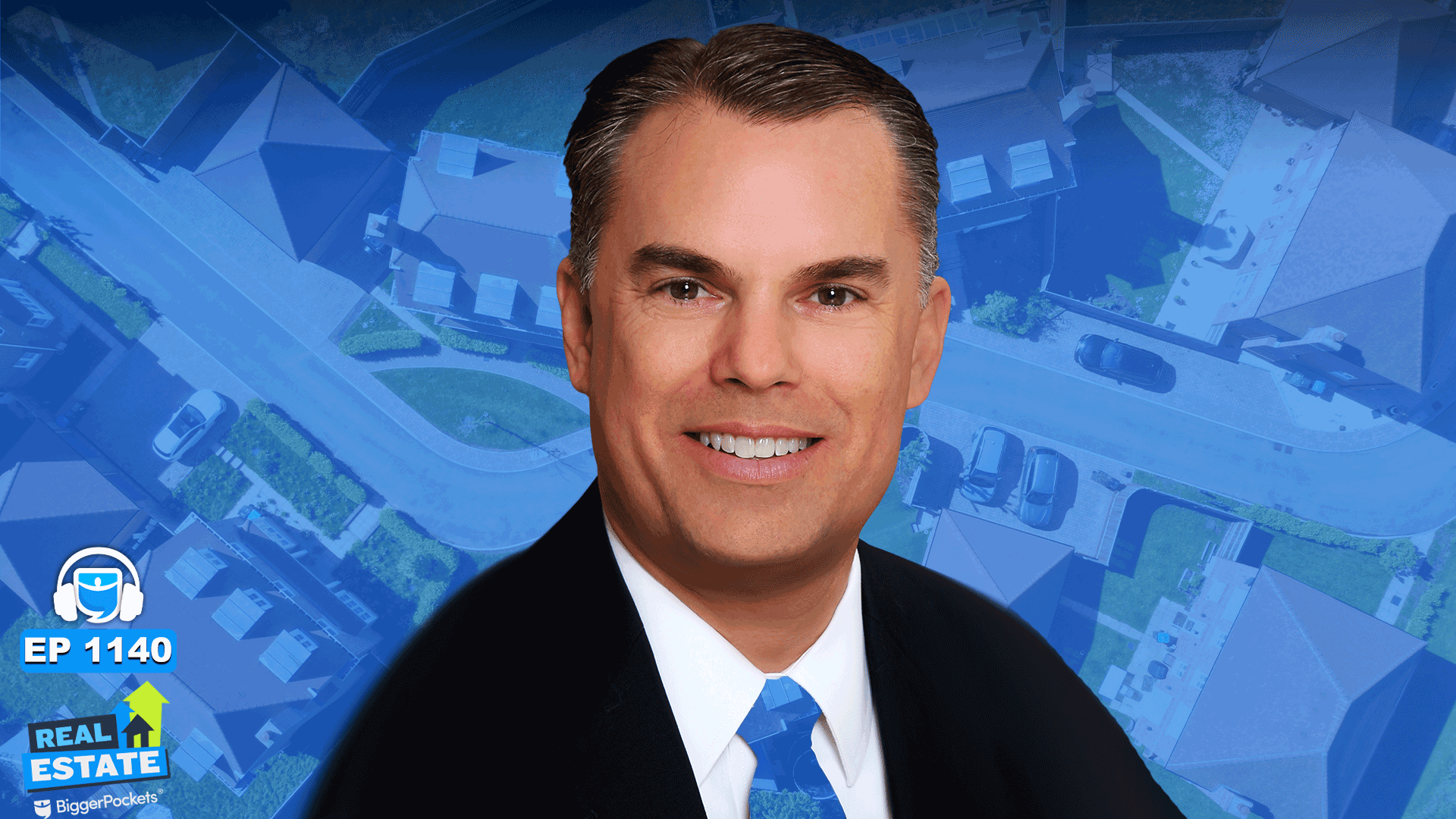Over-50s housing provider Lifestyle Communities is making changes to its model under the direction of a new CEO, who says the sector plays a critical role in housing Australia's ageing population.
Land-lease communities currently house roughly 130,000 Australians according to research from RPM Group, with the sector only set for further growth under pressure from a housing crisis and an rapidly ageing older generation.
According to the latest Australian Intergenerational Report, the next 40 years will bring about a big change in the nation’s population, with the number of Australians aged 65 and over expected to more than double.
It’s perhaps no surprise then that downsizer housing options for older Australians have become increasingly popular – both among residents and as businesses to serve this growing cohort.
A recent challenge to the payment model of Victorian land-lease operator Lifestyle Communities has cast a light on the growth of this industry, and the need for clear legislation going forward to ensure it can continue to meet the needs of Australia’s downsizers.
Homes and shared amenities at Lifestyle Phillip Island. Image: Lifestyle Communities
Understanding land-lease community fees
Land-lease communities could perhaps be seen as an unusual arrangement on paper, but when looking at their history, it’s easy to see how the model has evolved into its current form.
Essentially, a land-lease arrangement is exactly as its name suggests: land is leased to the tenant of a property. The home that sits on that land, however, is not leased but rather owned by its occupant.
The concept has evolved from its roots in caravan parks, where land is leased out to residents to park or construct a home that’s ultimately able to be moved.
By leasing the land where your home sits instead of owning it, the occupant is not liable for a stamp duty payment.
Over time, over-50s communities based on land-lease models have evolved into sophisticated residential options where the homes appear to be more of a fixed building with elements like decks, carports and comfortable layouts. Surrounding them, many operators offer amenities to encourage sociability, wellness, and the ability to age in place.
“There’s a real need to provide really great care and facilities for the ageing demographic.”
– Henry Ruiz, Lifestyle Communities CEO
The affordability of avoiding hefty government taxes on a home purchase has only increased their popularity among Australia’s downsizers as property prices have risen and empty nesters look for options after selling a large family home.
In these communities, homes are constructed by the community operator and bought and sold by residents. In a lot of cases, they are bought outright. Alternatively, under a deferred management fee model, residents buy the home at a below market rate but agree to pay a fee to the community operator when the home is next sold.
It’s here that Lifestyle Communities – which has been operating under a deferred management fee model in Victoria for more than two decades with now more than 20 communities – has faced a legal challenge.
‘Exit fees’ in the spotlight
While the land-lease model is widely used across Australia, individual state and territory legislation governs how these communities can operate.
NSW and Queensland, for example, have standalone laws dedicated to governing land-lease operators, and neither state allows for “exit fees” or deferred payments to be written into new contracts (some existing contracts in NSW contain these clauses). In Victoria, land-lease communities are regulated under the Residential Tenancies Act, which allows for deferred management fees as long as that fee is known.
Up until recently, Lifestyle Communities has described that fee as a percentage of the sale price – 4% every year for the first five years, up to a maximum of 20%.
When a collective of residents from Lifestyle Wollert recently challenged this model, the Victorian Civil and Administrative Tribunal took up the matter and agreed to decide whether deferred management fees are permissible under the Residential Tenancies Act, and if the way it was being calculated at Lifestyle Communities was appropriate.
The Tribunal concluded that the current law allows for exit fees to be charged, but those fees should not be calculated on the sale price, as that amount is unable to be known at the time of contract.
Lifestyle Communities disagrees with this interpretation and has decided to launch an appeal, but as CEO Henry Ruiz told realesate.com.au, regardless of the outcome the business will not be charging exit fees based on sale price on new contracts going forward. Rather, the exit fee will be based on the purchase price at the time of signing.
"We've got a business to run, and we need to provide people with assurance on what we're doing, moving forward," Mr Ruiz explained.
(Mr Ruiz was previously chief strategy officer for REA Group, the parent company of realestate.com.au.)
The company is hopeful that an appeal will rule in favour of how Lifestyle Communities had previously been charging fees to provide clarity on existing contracts.
Mr Ruiz, also shared that the company has not ruled out further changes to its model to introduce an all-upfront price without exit fees.
At the same time, Lifestyle Communities is committed in its advocacy for payment models that provide the greatest amount of affordability at the entry point to downsizing, as an important way of incentivising turnover of large family homes and increasing stock to the market at a time when Australia is grappling with a housing crisis.
As an example of the model, Mr Ruiz explained that a home in one of its communities could be priced at $600,000, whereas comparable properties in the area would typically be priced 15% to 20% higher, but the difference is eventually paid in eight to ten years’ time, which is around the average tenure of a community member.
“The alternative is where people price higher at the entry price level,” he said.
The CEO also believes that these fees are a big factor in the company’s ability to provide a standard of community care that’s an integral part of its service offering.
“An important part that we pride ourselves in is the refurbishment and maintenance of those facilities, and that's why we think it’s important to have that deferred fee, which helps fund that.”
In Victoria, as with the country at large, home prices have risen exponentially in recent years, creating affordability pressures across the market. Image: Getty
Communities look for assurance
The media attention that this case has brought to Lifestyle Communities has been unsettling for residents, as Mr Ruiz well understands, and the new CEO is about to embark on a visiting tour of all the operator’s communities to meet people face to face.
He also shared that the communication strategy going forward relies on frequent updates and total transparency, which he has been delivering via video recordings that have received favourable feedback.
The lifestyle managers that reside at each community also make up an important part of the equation in terms of communicating with residents on matters big and small, but the CEO, who is now four months into the role, understands that “the number one part of leadership is being present and being available”.
James Kelly, a co-founder of Lifestyle Communities, had been leading the brand up until his retirement in December of 2024. Mr Ruiz took up the job in the midst of the media attention, while looking for an opportunity to have a “different type of impact” on the property sector.
“My background was as a psychologist when I first started my career, and I think that there's a real need to provide really great care and facilities for the ageing demographic,” he shared of his motivations.
Mr Ruiz situates housing for older Australians, which is far less mentioned in the discourse around Australia’s housing crisis, as an integral piece of the puzzle when it comes to improving affordability for all.
“There’s a job to be done for first-home buyers and young families trying to get into the market and I felt a sense of responsibility to apply my skills and knowledge to help.”
Beyond the changes that have already been made, Mr Ruiz shared the company was focused on moving forward with a clear focus on maintaining a high level of community satisfaction.
He pointed to research from Deakin University and Australian Unity captured this year that showed Lifestyle Communities homeowners average 9.7 points higher on the "Personal Wellbeing Scale" than the average Victorian aged over 55.
While much of the alterations to the business have been focused on navigating the current challenges presented by the legal dispute, he said they have also had their sights firmly set on the question of “how do we help our homeowners make the most of the life that they’ve chosen for this chapter?”



















 English (US) ·
English (US) ·